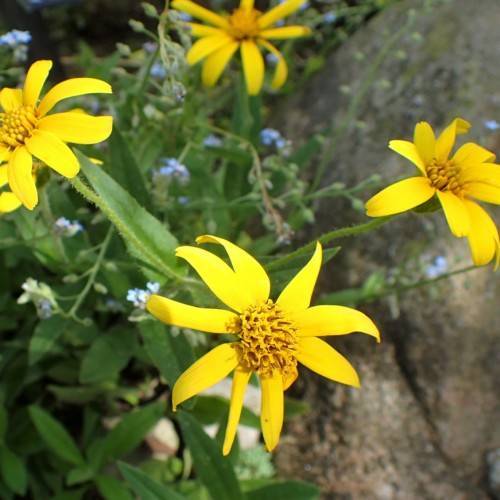
Lance-Leaved Arnica
Arnica lanceolata subsp. lanceolata
Watering:
Minimal
Hardiness Zone:
Sun:
full sun,part shade
Leaf:
Yes
Growth Rate:
Low
Drought Tolerant:
Yes
Care Level:
Medium
watering
For Snow Arnica (Arnica griscomii) plants, it's best to water them moderately at least every 7-10 days during the growing season. You should water a bit more during the summer heat, but avoid overwatering. Watering the plant slowly should be done until it is slightly moist and until particles can be seen in the top 1 inch of the soil. During winter, the plant should only be watered slightly twice a month. The best way to test if the plant needs water is to gently poke your finger into the top few inches of soil and feel for moistness.
sunlight
The snow arnica (Arnica griscomii) thrives in full sun and moist soil, meaning it should receive at least 6 hours of direct sunlight per day. The sun should be the strongest in the morning and late afternoon. Avoid exposing the plant to a great deal of midday sun, as this can cause sunburn or even death for the plant. In general, the best times of the day to give the snow arnica the most sun are 7am-10am, and then 4pm-7pm.
pruning
Snow Arnica (Arnica griscomii) should be pruned immediately after flowering in early summer. Pruning can be done quite severely, reducing the plants size by up to a half, as this encourages the plant to remain compact and bushy when it regrows. Dead or diseased wood should also be removed during this process. Snow Arnica can also be pruned lightly in late winter, to remove any dead or damaged wood.
